It was Viña Undurraga’s Vigno 2019 – Carignan co-fermented with a splash of overripe Cinsault – that won the Chilean Red Trophy this year, but this is a wine that has been evolving since its debut in 2010.
It got off to a great start. The 2011 vintage, which marked the launch of the ambitious Vigno (‘Vignadores del Carignan’) project, took the trophy for Chile’s best red blend in IWC 2014, with the judges extolling its virtues – “turbocharged and full-throttled, like a super-ripe Corbières”.
However, the tasting notes for the 2019 version, which also won the Maule Red Trophy, hint at the progression towards a softer, gentler style – the IWC judges praising its “young, lifted” aromas.
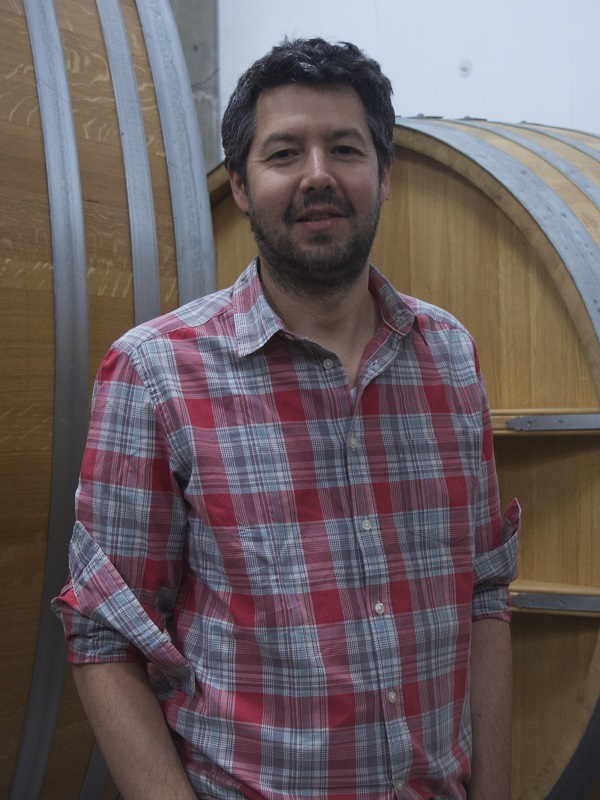
Undurraga’s chief winemaker, Rafael Urrejola (above), admits the style “has evolved a lot” over the past decade.
When Maule’s top winemakers got together to put the region’s old-vine Carignan on the map, Rafa was making a 100% varietal for Undurraga’s TH (Terroir Hunter) series and thought this “pure” approach was the way forward for the new association, which started with 12 winery members setting DOC-like rules and is now up to 16. But the association agreed on giving greater freedom to the winemakers and settled on a minimum of 65% Carignan. These wines, Rafa recalls, were similar – “very big, very alcoholic, a bit of oak – massive wines” – with Cinsault, Syrah, Cabernet Sauvignon and even Chardonnay used as blending partners.
Gradually, as the winemakers developed their own styles, they realised the variations were too wide for a new brand trying to establish an identity, so they introduced the 85% Carignan rule, giving 15% “of freedom and creativity”.
Many of the Vigno producers went for Carignan varietals, but in the vineyard where Rafa wanted to work there are a few rows of Cinsault which he vinified separately at first. “It was good Cinsault,” he says, “but it wasn’t as good as when co-fermented.”
He says he likes the “complexity that happens in the fermentation of two varieties together”.
In the early days, the wine was put in barrels – “maybe 20% new oak” – but, like many of the association’s producers, Undurraga has been moving away from overt oak flavours in favour of neutral oak and large-format barrels (such as 5,000L foudres), just to add structure. “I’m very happy with this because it’s less massive, less rich, but it’s still complex and with enough structure to leave for many years,” Rafa tells me via Zoom.
There are a couple of producers in the region hanging on to the heavy old-style Carignan and there are some going for a “light, fresh, juicy style with gentle extraction and some carbonic maceration”.
Rafa is heading in that direction but, for now, Undurraga’s Vigno sits in a sweet spot between the two extremes. “I don’t need to change radically what we are doing, but year by year we are evolving by going towards that (lighter) style. But with small changes – reducing the oak, reducing the extraction, getting more of the terroir but the wine is working.”
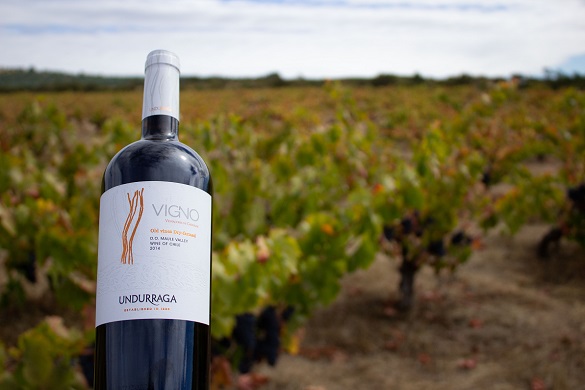
Undurraga’s Vigno 2019 is a modern, balanced wine that plays to Carignan’s strengths – the ripe red fruit character enhanced by the naturally high tannins and acidity. Introduced in Maule to perk up blends dominated by the region’s main grape at the time, Pais, which lacked acidity, tannin and colour, Cariñena had another major ‘advantage’ – it was very productive. The low-yielding old vines at the heart of the Vigno project are now the advantage, compensating for the drop in quantity with an exponential boost in quality.
Rafa says the Vigno Carignans also have good ageing potential “because of the pH (3.26), because of the structure, because of the age of the vines, so my approach to the variety is to preserve these things”.
How Chile’s top red is produced
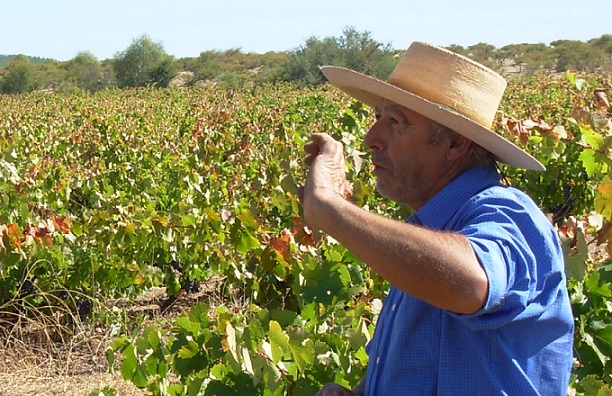
It’s dry-farmed and the head-trained, ungrafted vines are more than 70 years old. “So, they are very consistent,” Rafa says. “It’s a matter of when you pick to be sure about the temperatures. This year was a bit warm over there so we needed to pick a bit earlier than usual, but it’s one of the most consistent vines that you can pick.”
The grapes are handpicked when the late-ripening Carignan is ready, meaning the Cinsault “is a little overripe, but I think that really helps because it gives a lot of fruit,” Rafa reveals. “We make a Cinsault in a nearby vineyard. If you pick it ripe, it’s red fruit, it’s fresh, it’s herbal, and lighter than the Carignan. It’s a great wine but maybe, in this blend, it would be more of the same. The overripe Cinsault, I think, helps the mid-palate of the Carignan and it’s a nice combination.”
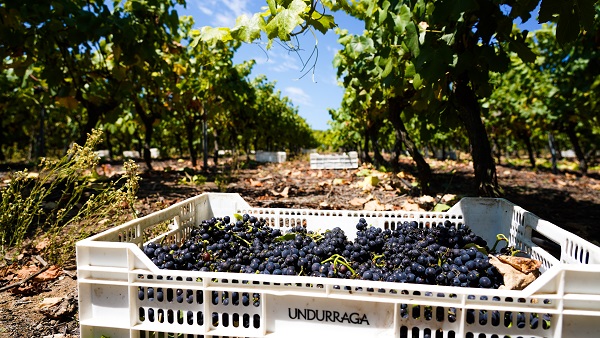
- Handpicked into small crates early in the morning, the 10,000kg of grapes are loaded onto lorries waiting in the shade for a cool, night-time ride to the winery.
- After their six-hour journey, the bunches are sorted. Only the healthiest, ripest bunches go into the destemmer.
- The whole grapes are then sorted on a vibrating table, with the sorters removing any grapes that are green, sunburned or dehydrated.
- The crushing and maceration take place under anaerobic conditions, the must dropping by gravity into two or three stainless-steel tanks for seven days at 6-8°C.
- The grapes are lightly sulphured during crushing “because I think it’s better for the native yeasts to have a clean environment to work in,” Rafa explains.
- The Cinsault – which makes up about 12% of the blend – is divided between the tanks before the fermentation with native yeasts begins.
- Organic nutrients are added to ensure the yeasts stay strong during the slow, cool fermentation.
- The ideal temperature, according to Rafa, is 24-27°C (with cooling activated if it reaches 28°C).
- A fermentation of 25 days provides enough movement for the gentle extraction required.
- The daily pump-over is “just to wet the cap, not to extract a lot”, according to Rafa. There used to be two or three pump-overs per day, but they have gradually reduced this to one.
- After fermentation, the grapes are pressed at two different pressures. “I taste the pressings,” Rafa says. “Normally a portion goes with the free run into the foudres. Some years the pressing is very good and it all goes into the wine; sometimes it’s a bit too rustic, or too dry or has some residual sugar – and we keep that separate.”
- The wine is racked into another foudre at the end of spring, with MLF starting naturally. Because of the low pH, MLF can “take ages” to complete.
- The wine is allowed to settle naturally – racking again about six months later with a small amount of SO2 added.
- The wine stays in foudres for another 8-10 months (giving 14-16 months’ maturation in total).
- Before bottling, the SO2 levels are topped up to give 70mg/L total (20-25mg/L free).
- There’s no fining, and only a coarse (‘fly catcher’) filtration prior to bottling.
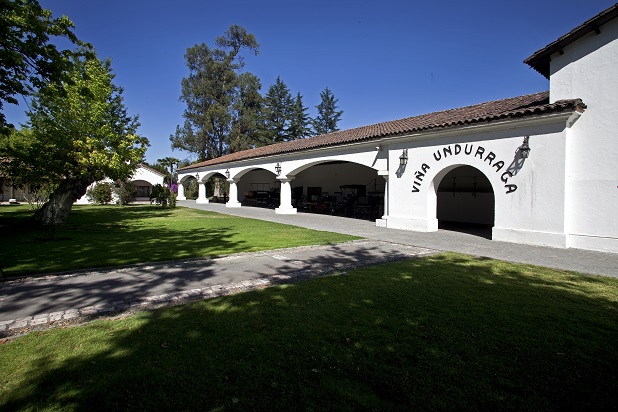
Rafa, who joined Viña Undurraga from Viña Leyda in 2007, sums up the process this way: “We want to make a good wine, so we need to manipulate the least but if we need to do something, we need to do it.”
He is married to Macarena Morandé, one of the winemaker-daughters of Pablo Morandé, the former Concha y Toro winemaker who set up on his own in the Casablanca Valley and steered the Chilean wine industry towards the coast. Viña Morandé – along with Undurraga – was one of the founding members of Vigno. (The others being Bravado, De Martino, Garage Wine Co, Gillmore, Lomas de Cauquenes, Meli, Miguel Torres, Odfjell, Valdivieso, Viña Roja, plus writer Eduardo Brethauer and viticulturist Renán Cancino.)
The first Carignan that Rafa tasted was the Viña Morande Golden Reserve Carignan, a remarkable wine that showed the amazing potential of the ancient vines in Maule’s Secano Interior almost two decades before the formation of Vigno. The second Carignan he tasted was his wife’s.
I wondered if this put added pressure on Rafa when he started making a Carignan after years of producing Pinot Noir, Sauvignon Blanc and Chardonnay wines in the Leyda Valley?
“It’s always a pressure to make it well but it’s not that big,” he shrugged.
Finally, I congratulate him on the success of Viña Undurraga’s Vigno 2019. He points out it’s one of 16 great Vigno wines that are all very different but showcase the “fantastic dry-farm area of Maule”.
He reflects: “Sixteen different bottles of wine for different occasions. That’s a big step.”
It shows what can be achieved in a decade if enthusiastic producers work together.


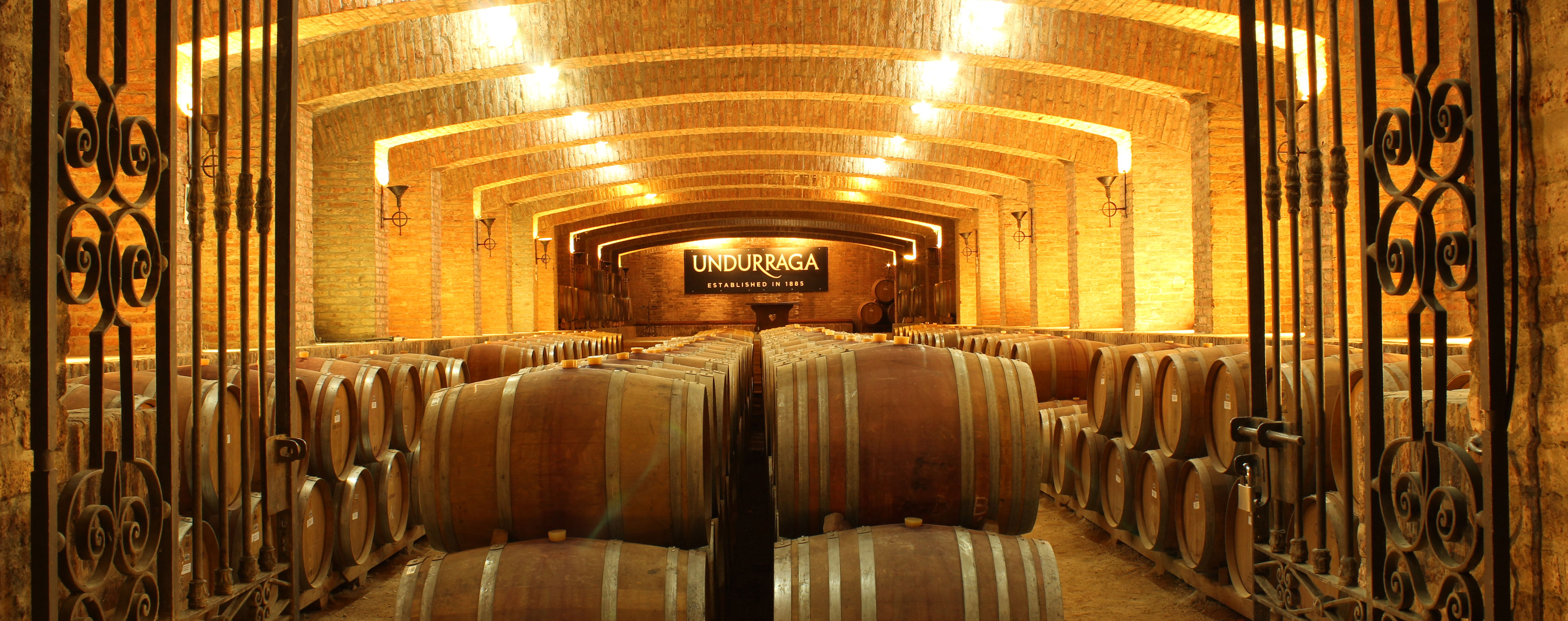










.png)






